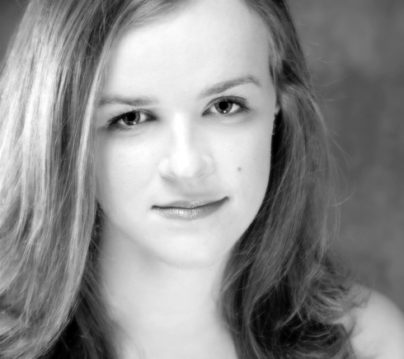A glimpse into Rigoletto from Stage Director Stephanie Havey

Verdi’s Rigoletto is based on Victor Hugo’s 1832 play Le Roi S’amuse (The King Amuses Himself), which centers on the excesses of a cynical and ruthless king who revels in the cruel treatment of his courtiers, particularly his jester. Hugo’s play was met with censorship issues from the beginning. The censors feared that the character of the ruthless king mocked the current king of France, and therefore banned the play after one performance.
To avoid Hugo’s difficulties with censors, Verdi moved the play from the French court to Mantua Italy and changed the king to a duke. He also changed the title of the opera to La Maledizione (The Curse) and eventually changed it again, to Rigoletto. Both titles shifted the focus of the story from the depravity of the master to the drama of his jester. The plot now focused on the tragic story of Rigoletto, who is trapped in an impossible predicament and who eventually suffers one of man’s most horrid fates.
 Our production remains in the original setting of the Renaissance, with elaborate period costumes and painterly images. Hovering above our set is the pristine model of an unobtainable ideal city, based on a painting by Piero della Francesca. Below, we find ourselves drawn into the dangerous, corrupt court and that of a sinister, dark world around it. The shadowy world of the Duke is ruled by desire and the pursuit of power. The courtiers become voyeurs to the Duke’s entertainments and wait like birds of prey for their share of the spoils. Those who fall victim to the quickly shifting alliances at court will surely find dishonor, or even death. At the end of the first scene, Rigoletto and the Duke are cursed by Monterone, one such dishonored courtier. This curse represents a moment of mental collapse for Rigoletto and becomes the catalyst for the events of the opera.
Our production remains in the original setting of the Renaissance, with elaborate period costumes and painterly images. Hovering above our set is the pristine model of an unobtainable ideal city, based on a painting by Piero della Francesca. Below, we find ourselves drawn into the dangerous, corrupt court and that of a sinister, dark world around it. The shadowy world of the Duke is ruled by desire and the pursuit of power. The courtiers become voyeurs to the Duke’s entertainments and wait like birds of prey for their share of the spoils. Those who fall victim to the quickly shifting alliances at court will surely find dishonor, or even death. At the end of the first scene, Rigoletto and the Duke are cursed by Monterone, one such dishonored courtier. This curse represents a moment of mental collapse for Rigoletto and becomes the catalyst for the events of the opera.
 The jester instantly begins to view the world through a lens of fear and paranoia that confuses nightmares with reality. Images from the Duke’s court reappear and become increasingly distorted and grotesque as Rigoletto is overwhelmed by his obsessive fear. Outside of the court, the world is dark and empty. In Rigoletto’s home, there is only an angelic visage watching over his daughter Gilda. This image represents the mother figure that Gilda so desperately clings to as a source of hope and salvation. In the final scene, there is only the image of a body with no face, representing both an object of desire and the indifferent fate of Sparafucile’s victim. The imagery becomes more heightened and focused until finally Rigoletto is left alone in the dark with only the ideal city to remind him how far he has fallen. This production is an exploration of the psyche of Rigoletto, while always seeking to honor Verdi’s idea of the character as “grossly deformed and absurd but inwardly passionate and full of love.”
The jester instantly begins to view the world through a lens of fear and paranoia that confuses nightmares with reality. Images from the Duke’s court reappear and become increasingly distorted and grotesque as Rigoletto is overwhelmed by his obsessive fear. Outside of the court, the world is dark and empty. In Rigoletto’s home, there is only an angelic visage watching over his daughter Gilda. This image represents the mother figure that Gilda so desperately clings to as a source of hope and salvation. In the final scene, there is only the image of a body with no face, representing both an object of desire and the indifferent fate of Sparafucile’s victim. The imagery becomes more heightened and focused until finally Rigoletto is left alone in the dark with only the ideal city to remind him how far he has fallen. This production is an exploration of the psyche of Rigoletto, while always seeking to honor Verdi’s idea of the character as “grossly deformed and absurd but inwardly passionate and full of love.”
-Stephanie Havey
October 13 & 14 | 7:30 PM | DeVos Performance Hall
OPERA | CLASSIC | DRAMA | ITALIAN
Italian grand opera at its finest.

